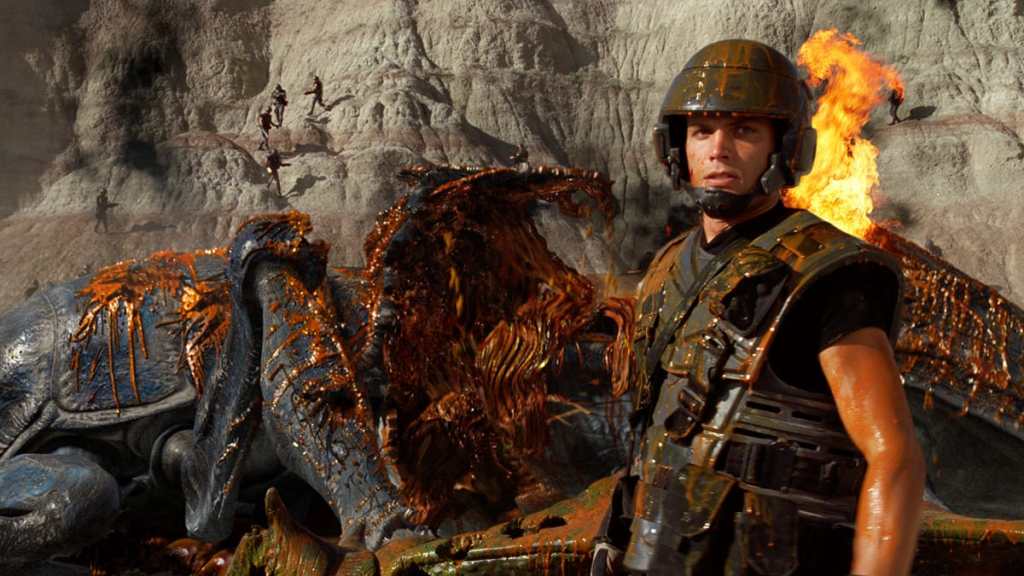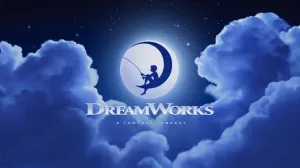Dutch filmmaker Paul Verhoeven did a great job of making a name for himself in Hollywood. With seven films released throughout the course of 15 years, he established a unique voice and type of film that no other director of his time was capable of providing. First was the erotic adventure film Flesh and Blood, starring Rutger Hauer and Jennifer Jason Leigh. But it was after that movie that he would set the true blueprint of what a Verhoeven Hollywood film looked like. That movie would be 1987’s RoboCop, which displayed the ultra-violence and razor-sharp wit that would be as much a trademark of a Verhoeven Hollywood film as Flesh and Blood‘s eroticism. After RoboCop, the director had a few more hits with Total Recall and Basic Instinct, but then he helmed Showgirls, which in spite of its cult following, was rightly deemed a huge misstep at the time.
Videos by ComicBook.com
The production of Verhoeven’s most recent domestic film, Hollow Man, was difficult enough to make him return to Europe. But, while the sci-fi genre was present in that Kevin Bacon-led Invisible Man movie, as were the eroticism and ultra-violence, they were watered down, making it a disappointing Hollywood swan song for Verhoeven. It’s enough to make one wish he had gone out on the film he made between Showgirls and Hollow Man, Starship Troopers, which is about as fantastic a companion piece to RoboCop as he could have made.
What Makes Starship Troopers One of Verhoeven’s Best Films?

As we’ll cover to a more in-depth extent in the next section, Starship Troopers was not a film that was properly appreciated when released in 1997. Some found it dull, others found it gratuitous, more still found it poorly acted, and a surprisingly large number thought it was endorsing fascism.
But the Starship Troopers film is far from an endorsement of fascism. The book it was based on, by Robert A. Heinlein, however, is. Those who grew up with the film who then picked up a copy of the book were in for a severe disappointment and a tough, occasionally upsetting read.
Now, though, people see Verhoeven’s movie as what it is: a scathing indictment of fascism. The fact it manages to feature some truly compelling action sequences while also conveying its message is just a plus.
What Makes Starship Troopers‘ Sequels So Disappointing?

The answer to the question “Why are Starship Troopers 2: Hero of the Federation (2004) and Starship Troopers 3: Marauder (2008) so awful?” is a simple one. Money.
The original Starship Troopers, while fairly well-reviewed by critics and audiences in subsequent decades, simply wasn’t for late ’90s audiences. It was ahead of its time. The movie opened well enough, but poor word of mouth ultimately resulted in steep declines throughout subsequent weeks.
It gained an audience thanks to rentals and home media, but it was still a film produced on a $110 million budget that only netted $121 million. In other words, it didn’t make money. It’s only because of the growing cult following and critical re-evaluation that it received sequels at all. The issue is, given the money loss the first time out, the subsequent films were direct to video. Outside the second Tremors film, it’s hard to imagine a direct to video sequel film that’s serviceable, much less good.
Worse yet, the reason Starship Troopers‘ budget was so high was because it required a major investment in special effects. Direct to video sequels can’t invest a ton of capital into special effects, and it shows. Even with the return of Casper Van Dien’s Johnny Rico in Marauder, there just wasn’t enough on visual display to make the film worth watching. That would be fine if the movie had anything compelling to say, but it didn’t.
That said, Marauder at least somewhat feels like Starship Troopers. Not just because of Van Dien’s return, but also because Hero of the Federation is a perpetually dark (literally), straightforward actioner. Marauder at least attempts to bring some of the satirical edge back. But, as the RoboCop remake showed, it’s mighty hard to replicate Verhoeven’s particular satirical style, even when there’s a budget helping the project pull it off.









